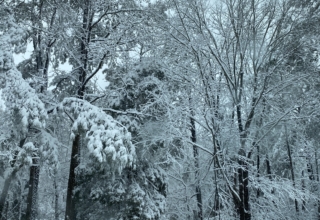
According to Bush, sage leaders also have a working theory of human nature that they can describe. They are students of human nature and are interested in people’s motivations, values, and desires. Sage leaders have a working theory of organizations which they can articulate. They tend to see organizations as living organisms and seek to learn new and better ways to achieve success along with the success of persons within them. Sage leaders have a working theory of leadership and can convey it. They believe that leadership is dynamic rather than static. They know when to coax, cajole, push, encourage, and when to leave alone. Sage leaders have a broad worldview. They recognize that organizations exist and function within a larger interdependent network of organizations in the community. They seek to develop and strengthen these networks and partnerships. Sage leaders are students. They seek to increase their own knowledge and are introspective. They search for lessons in their own failures and successes and use this knowledge to better lead. And Sage leaders are teachers. They derive great satisfaction in helping other people to develop and grow. (Endnote 3)
Various dictionary definitions often attribute three qualities to sagacity: unusual experience, sound judgment, and wisdom. It is safe to say there are leaders who are not sage and sages who are not leaders. It is also clear that wisdom comes with age. And although age does not guarantee wisdom, one cannot get wisdom without it. Wisdom is said to be “caught, not taught.” We teach by contagion, not by compulsion; that is, situations where wisdom can be influenced by first building relationships of trust and affection. Then, opportunities to teach come naturally and wisdom flows through intimate connections built over time (Endnote 4)
Maggie Kuhn, the late dynamic founder of the Gray Panthers, approached the subject of sagacity in a different but complimentary way. She saw elders as risk-takers who heal and humanize society by playing five appropriate roles: mentor (intergenerational bestowal, the art of teaching the young,), mediator (helping to resolve community conflict), monitor (serving as public policy watchdog), mobilizer (working to enact social change), and motivator (urging people away from self-interest toward the public good) (Endnote 5).
The authors of From Age-ing to Sage-ing parallel and reinforce Kuhn’s proposal. They see elders as wisdom-keepers who have on-going responsibility for nurturing and preserving society’s safety and well-being. The authors’ model goes well beyond the idea of honoring the elder because of age and long life experience. They see the elder as a guide for evolution and change—the elder as sage leader. (Endnote 6)
Download Article 1K Club

















